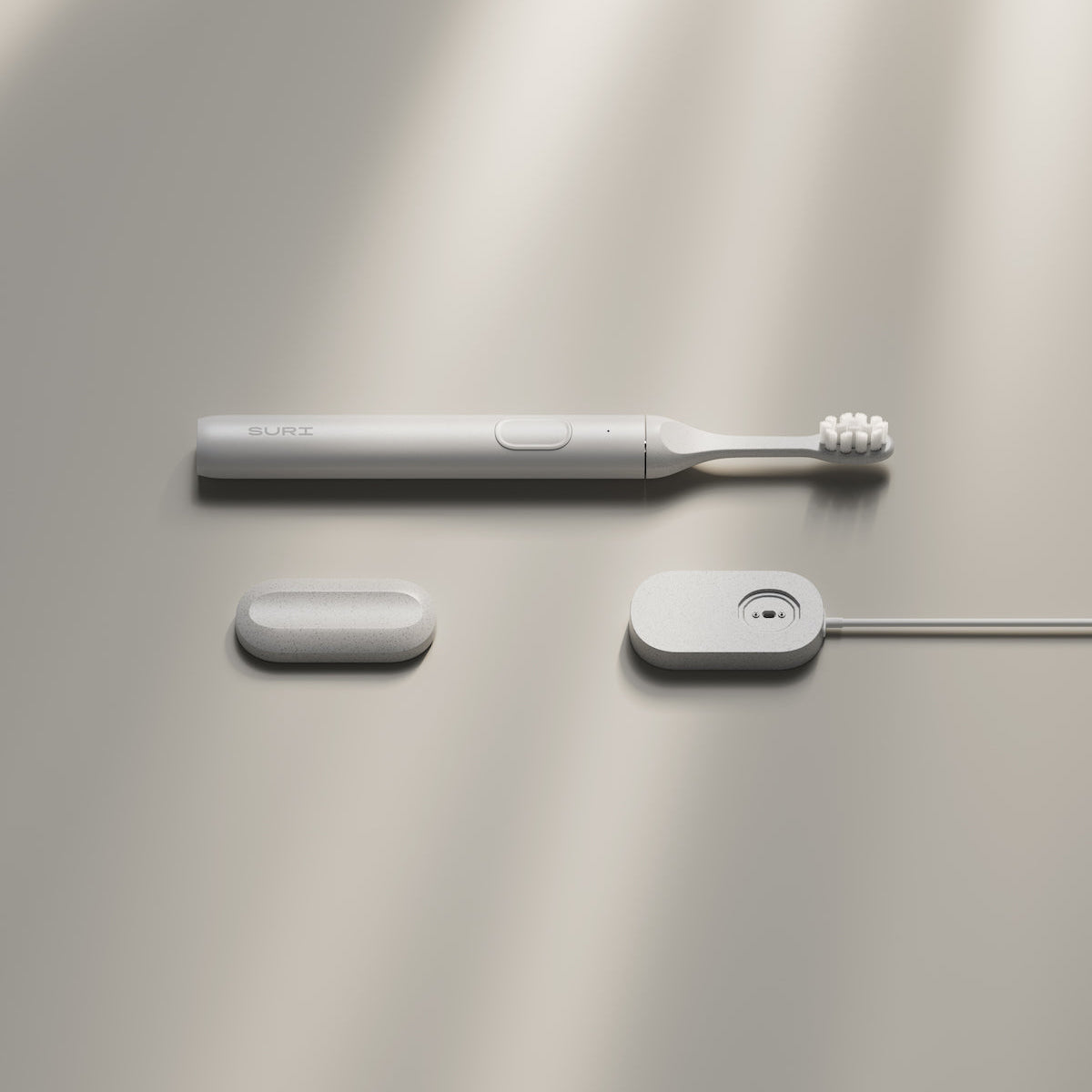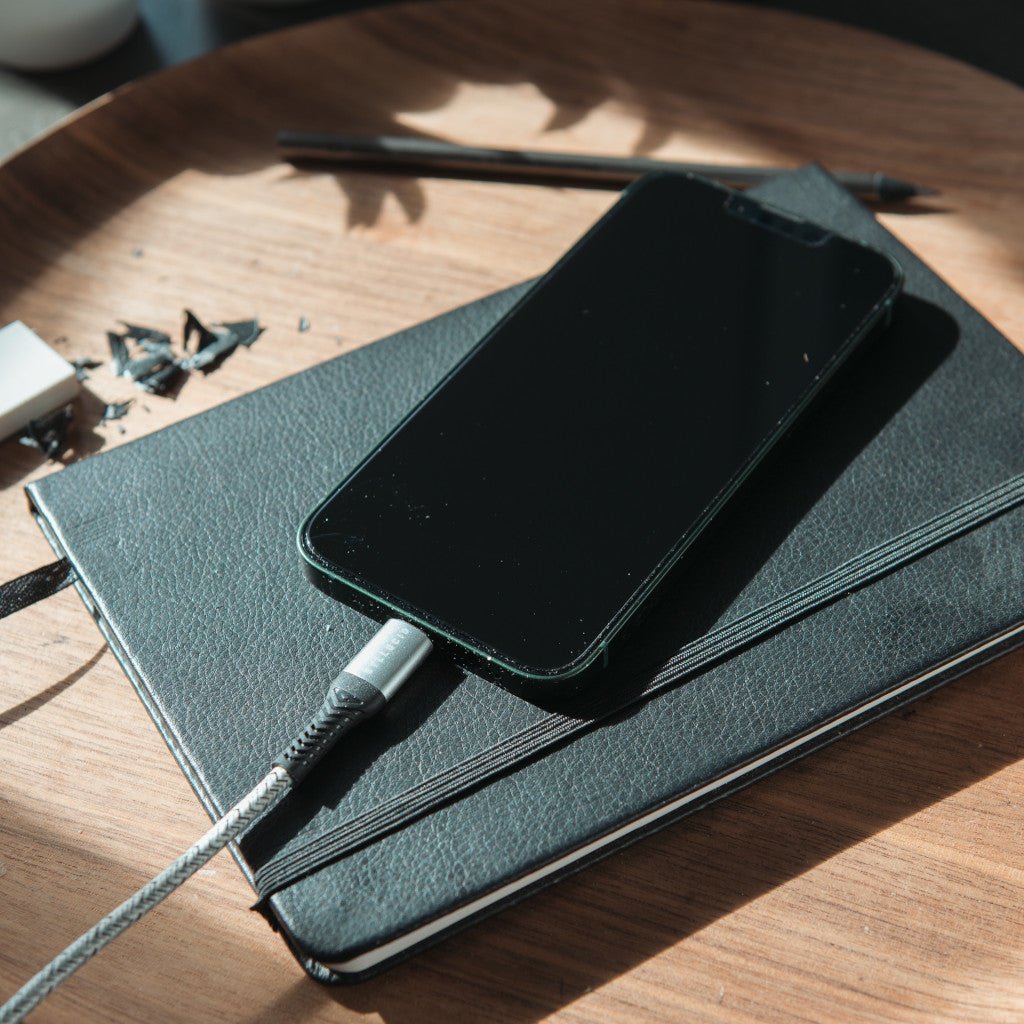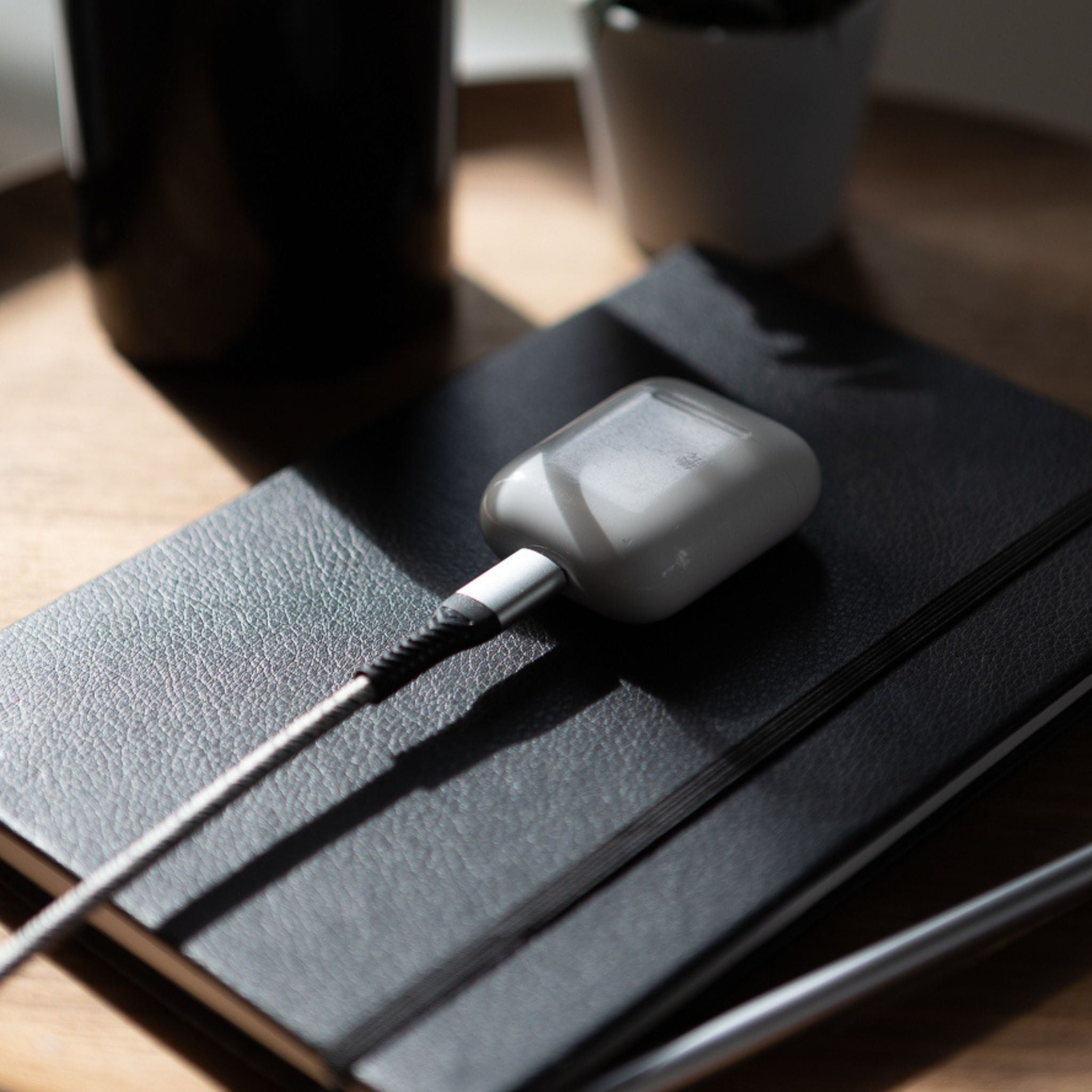Can you put a non-stick frying pan in the oven?
Most modern non-stick pans are safe up to around 175°C. If you’re heating your pan more than this, it’s important to check beforehand if it’s oven-safe - otherwise, you risk permanently damaging your pan and releasing harmful fumes into your kitchen. If your pan’s handle is made of plastic, assume it’s not oven-safe unless explicitly stated.
Any non-stick Teflon pans you have that were made before 2013 may contain PFOA, which is toxic. You should get rid of them, and they’re certainly not safe for oven use. Newer Teflon pans can withstand temperatures of up to 260°C. This is fine for baking food in the oven, but using them under a hot grill or heating an empty pan isn’t recommended. Regardless, always check the manufacturer’s guidelines for your non-stick pan.
Ceramic non-stick (usually white in colour) is generally tougher, and doesn't contain the chemicals that Teflon pans do. However, taking it to high temperatures can still degrade the non-stick coating and damage its effectiveness. Again, take care with plastic handles and check the manufacturer’s guidelines for your ceramic non-stick frying pan.
Do you know which of your frying pans are ovenproof - if any? If you’ve seen a recipe that calls for a dish to be finished off in the oven after a pan sear, you’re probably wondering whether your cookware is oven-safe.
Having a frying pan that can go in the oven is a gamechanger for any serious cook. Instead of simply baking your food, giving it a stovetop sear beforehand results in a quicker, tastier dish.
Think crisp chicken thighs, braised lamb or thick cuts of fish - searing first creates a delicious caramelised crust that your oven alone can’t achieve. Ovenproof pans can also go under the grill, perfect for finishing off frittatas or crisping up cheesy pasta. You can even use a frying pan to bake a tarte tatin or cobbler.
Not only do ovenproof frying pans transform the way you cook certain dishes, they save on washing up too. And like all multifunctional items, they save you from buying more stuff. It’s possible you already have a pan in your cupboard that can go from stove to oven - but before you try it out, it’s essential to make sure it’s safe to do so.
We know that when it comes to choosing the right pan for you and your lifestyle, safety comes first. So we’ll explain which types of frying pan can happily go from hob to oven, which are best kept exclusively on your stovetop, and our top picks for our most versatile, long-lasting pans.
Our top 3 pans you can put in the oven
Our #1 bestselling pan. Made from one seamless piece of super-strong wrought iron, this frying pan is the perfect size for everyday meals. Cooks on any hob type, in the oven and even over a campfire. Season at home to create a natural non-stick surface.
An XL double-handled pan, perfect for big meals, special occasions and pizza ovens. Pre-seasoned with rice bran oil, so you can get cooking right away. Lighter than you might think - wrought iron is half the weight of its cast iron equivalent.
Saute and stew with this enamelled pan, ideal for slow cooking. Its innovative double-walled lid traps heat whilst saving on weight, and the durable ceramic enamel lets you skip seasoning altogether.
Common questions about oven-proof pans
Can you put a frying pan into the oven?
Whether or not you can put your frying pan in the oven will depend on the material of both the pan and the handle. Generally speaking, any cookware that is made entirely from metal will be oven-safe, and enamel (ceramic) coatings will be fine too. Wooden handles should stay out of the oven, as should plastic (unless labelled oven-safe). For pans with a non-stick coating, you always need to check.
What type of frying pan can go in the oven?
Can you put a stainless steel pan in the oven?
A stainless steel frying pan (or a saucepan, if need be) can be used in the oven - so long as it has a metal handle. Stainless steel is highly durable and can withstand extremely hot temperatures.
If your pan has a plastic handle or a non-stick coating, always check the manufacturer’s guidelines before using it in an oven. Sometimes, plastic handles are oven-safe, but this must be explicitly stated - otherwise you risk the handle melting all over your oven.
How do you know if a frying pan can go in the oven?
If you’re not sure whether your frying pan is safe to use in an oven, you might be able to find the specs written on the underside. It may state the maximum safe temperature, or it might just say ‘oven-safe’. Failing that, you can try and find the manufacturer’s guidelines online, or in the original packaging.
If none of this information is available to you, stick to the following guidelines: all-metal pans are generally fine, whilst non-stick, plastic and wood are best left out of the oven.
Discover all of our oven-proof cookware here
We test our products over the course of years. Read our five-year Solidteknics review here.
In need of some tasty supper inspiration? Take a look at Jo's Roasted Vegetable Orzo recipe (see how to make it here).




































